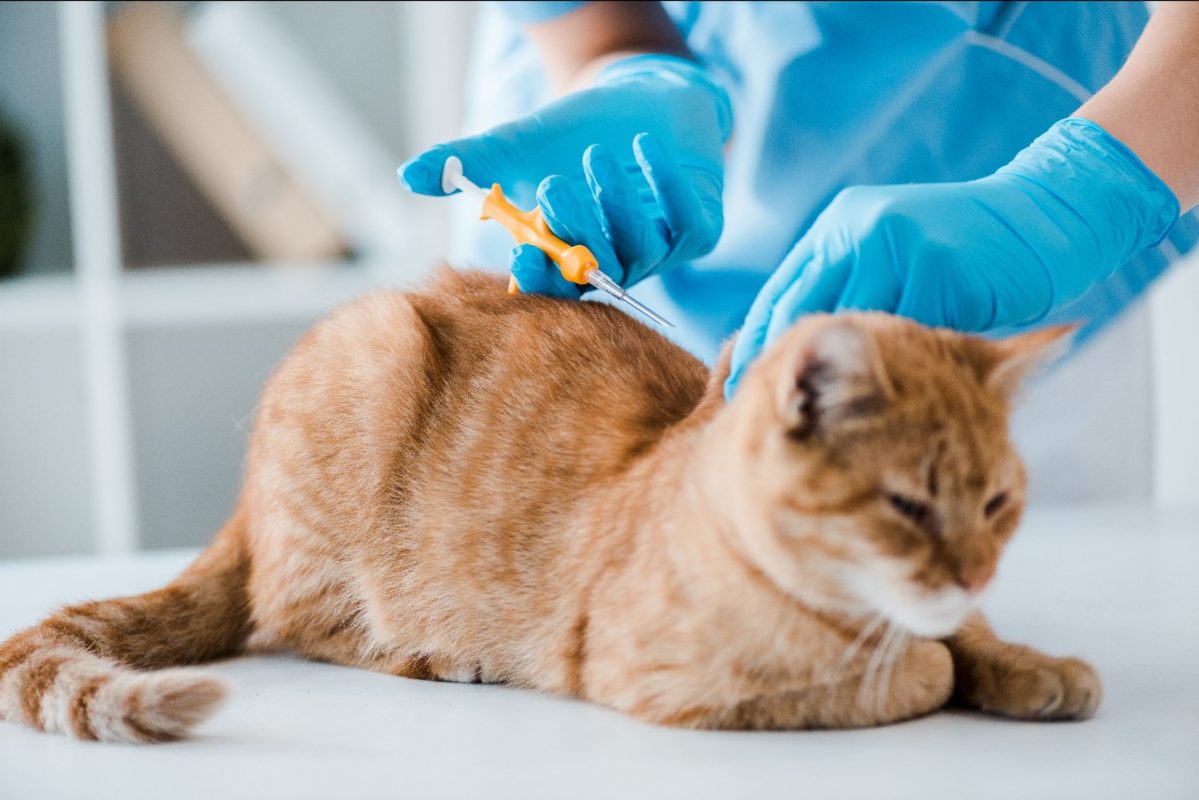Everything, Cats, Dogs, Health care, Technology
Should I microchip my pet?
Pet microchips are becoming increasingly popular around the world. But along with it’s popularity increases, the debate over microchipping animals has heated up as well. And even as some cities are passing laws to mandate them, other pet owners would like to see them outlawed. In this article, we try and shed some light on mysteries behind microchipping.
What is a microchip?A pet microchip consists of a tiny tube (about the size of a grain of rice) that is inserted under the skin. For consistency, it is almost always placed on the left side near shoulder height. The process is a very quick, cheap, and painless. It carries a number in it that will identify the owner by name and address. The database also contains other relevant information, such as the cat’s health problems. For example, if your lost diabetic cat got picked up, her condition could be treated. All veterinarian offices and animal shelters are supposed to have a reading device for the microchip so animals can be easily identified.
Why should I ‘chip’ my pet?All it takes to lose a pet is momentary distraction, an overexcited child, or an unaware in-home worker and you pet is gone in an instant. Sadly, once a pet is lost the odds are against it finding its way home again. According to the American Humane Association, only about 17% of lost dogs and 2% of lost cats ever find their way back from shelters to their original owners. Almost 20 million pets are euthanized every year because their owners can’t be found.
Are there reasons why I should not microchip my pet?Perhaps the most frequently cited objection is the cost ($25-45 per pet). Aside from that, the chip is implanted with an injection, and requires no anesthesia. Since the microchip is sealed in a sterile capsule, there is very little chance for infection or rejection. And finally, since the chip requires no power it never needs replacing.
Which company should I get my microchip from?Your pets health care provider will probably choose for you. But, you should know what chip they are installing and how it affects your pet’s safety. AVID and Home Again 125 kHz microchips can be scanned by all scanners presently in US animal shelters. To date, these brand of microchips have been placed in over 8 million pets in the United States. However, last year Banfield Pet Hospital (located in PetSmart stores) has recently adopted a 134.2kHz ISO microchip called RecoveryChip that is manufactured by a European company. 134.2kHz microchips are also manufactured by American companies Pethealth Services and Allflex. The decision about 134.2 or 125kHz is an import one because according to the The Humane Society of the United States the nation’s animal shelters may not have scanning devices that can read or detect the 134.2kHz pet identification microchips. Multiple lawsuits have been filed regarding the 134.2kHz chips. Until the debate settles, I would advise that you stick with the widely accepted chips from AVID or Home Again.
The bottom lineUnless your pet has a big brother complex, there is little reason not to microchip you pet. However, until the legal battles shake out we urge pet owners to make sure their pets are wearing collars and tags.


